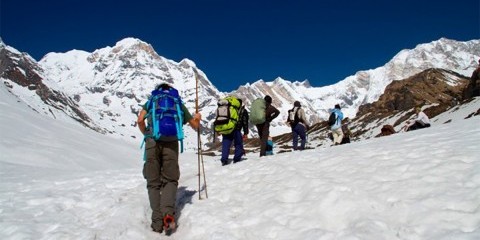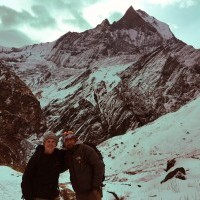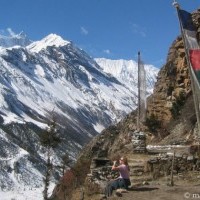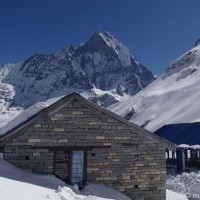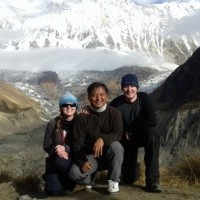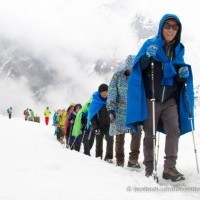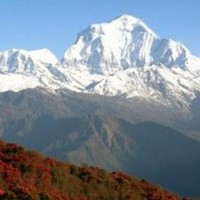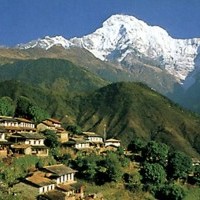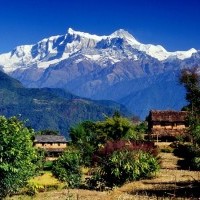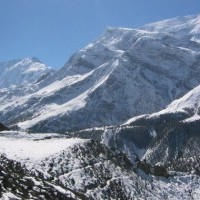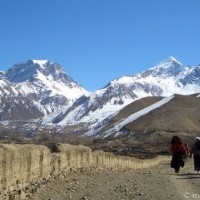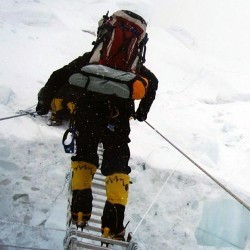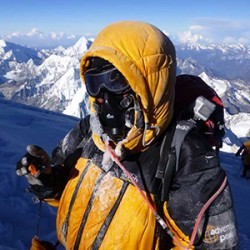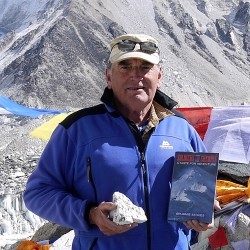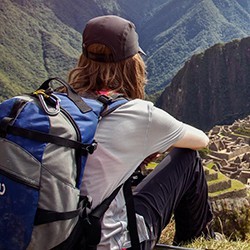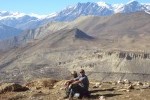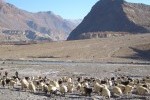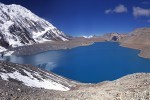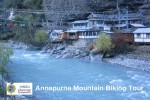Trip Overview
Annapurna Base Camp, also known as ABC, is one of the most popular trekking destinations among adventurers world wide. It has gotten so much hype and attention from tourists around the globe because it is a shorter and easier trek than the other high altitude treks in Nepal. Apart from that, ABC also offers some of the best mountain views and breathtaking wildlife, culture, and hospitality.
Home to eight mountains above eight thousand meter mark, Nepal has an abundance of the Himalayan beauty that alpinists and trekkers yearn for.
Many trekkers visit Annapurna Base Camp to witness the alpine beauty, spectacular mountain views, and unique culture.
The legendary Mountain Annapurna is a jewel of the Himalayas. Annapurna translates to "full of food" and is also known as "Goddess of the Harvests". For Nepali people, this mountain holds religious importance.
Annapurna Base Camp Trek: Where does it begin
The journey to Annapurna Base Camp begins from the capital of Nepal, Kathmandu. Since it is the only city that hosts Nepal's international airport, you will get to witness the city's chaotic beauty immediately.
The first day you will come upon the cultural and historical richness offered by Kathmandu's ancient city. Visit the Durbar squares, Boudhanath stupa, Pashupatinath Temple as they are some of the many attractions in the city. Be sure to taste the exquisite Newari cuisine during your stay in the city.
You can find all the necessary supplies and equipment if you didn't carry any in the Thamel area of Kathmandu. The permits and other essential things are also easily provided here.
How long is the trek to Annapurna Base Camp
The trek to Annapurna Base Camp starts from the valley of Pokhara, which is 200 km from the Kathmandu valley. You can take a flight or travel by bus, which may take around 6-7 hrs. depending on the road conditions.
The trek starts and ends up in Pokhara, so the city is the best place for the trekkers to relax after the exhilarating journey. The trek will take around 14-15 days from the initial arrival in Nepal to the departure
The basecamp is located at the height of 4130m. So the time may vary as per your stamina and physical fitness. The journey starts with a hike to the Tikhedhunga gearing your way up to Ghorepani and then Poon hill. Then you will be walking up to the Machhapuchhre base camp (3700m), passing through Tadapani to Chomrang. From here, you will get to the Annapurna base camp situated at 4130m.
While trekking down from base camp, you will get to Bamboo after 7-8 hrs of hiking down. While passing through Landruk and walking through numerous Nepalese villages, you will experience extraordinarily rural and traditional lifestyles and cultures. The people you meet along the way are welcoming and helpful.
After crossing Kande to the Australian Base camp, it is an hour's vehicle ride to Pokhara.
Annapurna Base Camp: Natural Attraction and Highlights
Throughout the trek, you will stumble upon some of the most breathtaking views of the Himalayas. As you climb the elevation, you will see different vegetation in its full beauty. Most people stay to watch the sunrise from Poonhill as it is considered the best viewpoint for sunrise throughout the trek.
The fairytale-like alpine snow-covered forests enhance the beauty of the trek. Beautiful waterfalls and rivers will be greeting you along your journey. At the peak of your hiking experience, you will find yourself at the base of the mighty Annapurna I (8091m) with a jaw-dropping mountain view you will be sure to witness a sight of a lifetime. It is considered the heavenly light that you will get to see once in a lifetime.
Many people gather to bathe in the hot springs near Jhinu Danda. The locals believe the water has healing properties. Whether this may be true or a myth, the hot water surely relieves you of your stress and relaxes your muscles.
Annapurna Base Camp: People and Cultural Heritage
The area is full of mixed ethnicity people. You will get a chance to interact with Brahmins and Chhetris on the lower part who have their own unique culture, tradition, and food. The staple food in most Nepalese homes is dal bhat (rice, lentil soup, and locally grown vegetables). People like to gather and celebrate festivals and events together.
The higher elevation is populated with mongoloid and Tibetan people. Many of the Tibetian people migrated from Tibet and settled in the Himalayas. These mountain people have their own culture, tradition, and food. Here the food is highly influenced by Tibetan cuisine.
Be it Brahmins or Gurung all have one particular thing in common; the hospitality. The way they treat their guests and the level of hospitality they offer to foreigners is well known worldwide.






